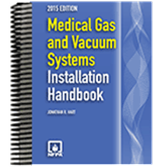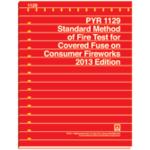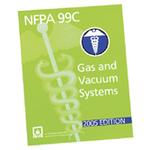Description
Trust the 2014 NFPA 306 to provide guidance where combustible and flammable materials are present on marine vessels.
Gas hazards present considerable fire protection and life safety issues for marine vessels, shipyards, and land-side vessels. NFPA 306 codifies a set of requirements to mitigate the dangers that may come with concentrations of combustible, flammable, or toxic liquids, gases, chemicals, or vapors.
Newly organized with more intuitive workflows for shipyard employees and clarified preparation for inspections!
The 2014 edition of NFPA 306: Standard for the Control of Gas Hazards on Vessels has been completely reorganized to provide a more intuitive workflow for shipyard employees and vessel repair professionals. NFPA 306 makes it easier to determine when a marine chemist is required, how a marine certificate is issued and maintained, and what to expect during an inspection. It also clarifies how you can prepare the vessel for inspection and survey — and align work processes during vessel construction, conversion, repair, and other shipyard employment more closely with actual workflows.
Understand requirements for entry, work in confined spaces, or on vessels during various stages of construction, repair, and more…
NFPA 306 prescribes minimum requirements necessary for entry and work in confined spaces on marine vessels. The Standard applies to vessels during construction, alteration, repair, and shipbreaking, as well as land-side confined spaces (whether stationary or mobile) located within the boundaries of the shipyard or vessel repair facility.
A wide range of activities fall within the purview of this standard, including.
- Application or removal of protective coatings
- Riveting
- Welding
- Burning
- Other fire-producing operations
Stay up to date with the most comprehensive provisions on gas hazards present on marine vessels and contained within shipyards.
Product Details
- Published:
- 06/17/2013
- ISBN(s):
- 9781455907151
- Number of Pages:
- 33




